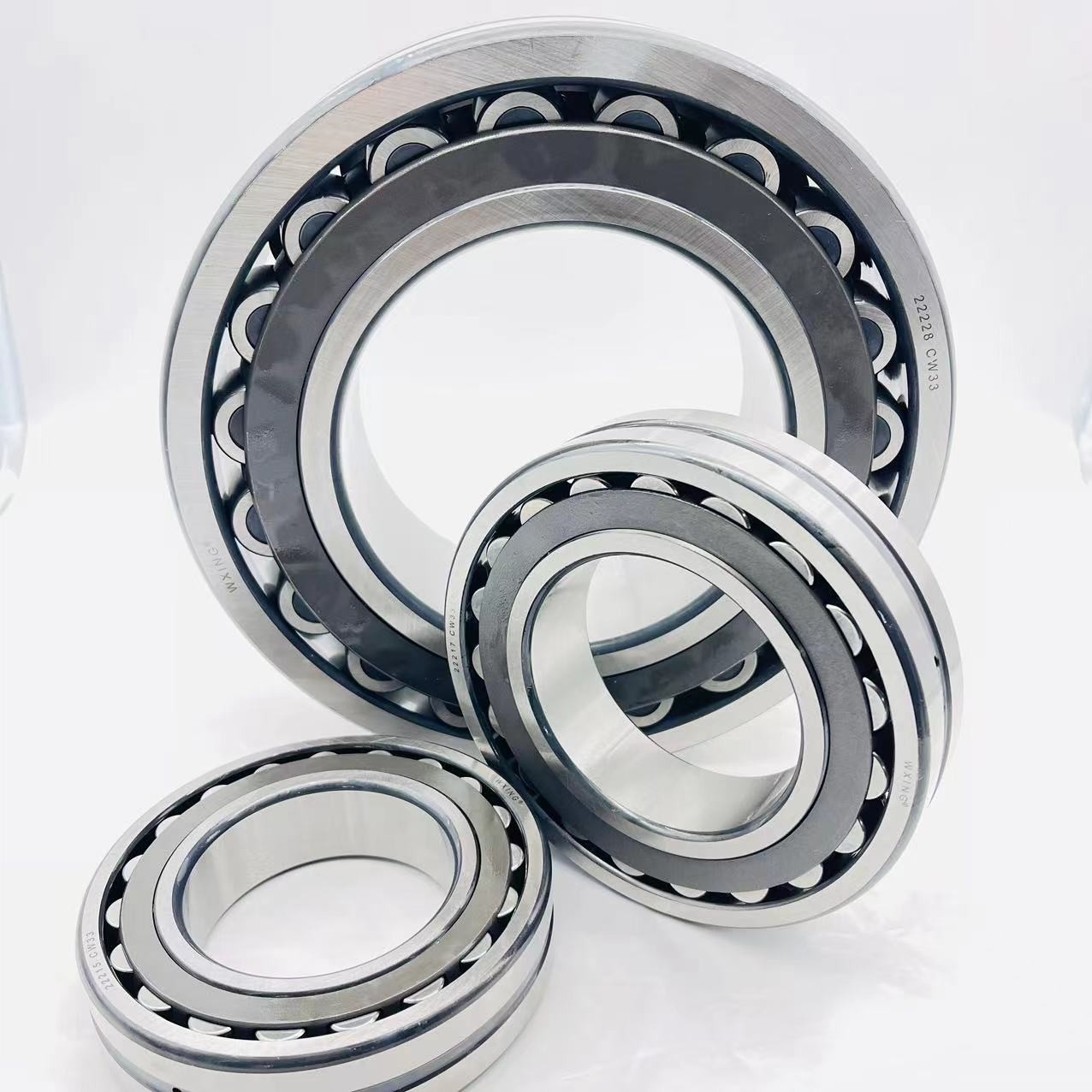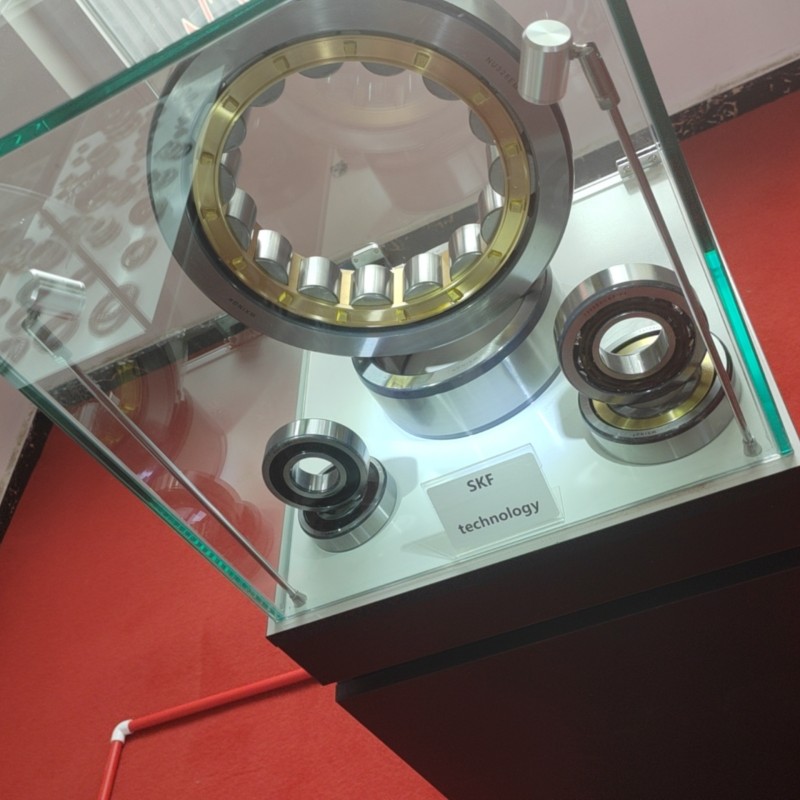CONTACT US
Zhejiang waxing electromechanical co.LTD.,Factory located in Shandong,Headquarters located in Zhejiang,China.
1. The purity of bearing steel The fatigue spalling of bearing parts is related to non-metallic inclusions in steel, especially oxides. This is because when the rolling bearing rotates, the contact surface of the bearing parts is under the action of pulse load, and the non-metallic inclusions cause local damage to the continuity of the matrix structure of the steel, causing internal stress concentration, plastic deformation around the non-metallic inclusions, and the formation of microcracks .
In addition, the content of gas (oxygen, nitrogen, hydrogen) in bearing steel is also an important indicator to measure the purity. Oxygen dissolved in steel precipitates as the temperature decreases and forms oxide inclusions with aluminum, calcium, silicon, manganese and other elements, nitrogen forms very diffuse aluminum nitride inclusions and coarser titanium nitride and titanium carbonitride in steel Inclusions, when the aggregated hydrogen atoms combine to form hydrogen molecules, great pressure will be generated. Once the strength limit of steel is exceeded, internal cracks will occur and white spots will be formed. Reducing gas content is an important part of improving the purity of bearing steel.
In recent years, the main bearing steel production enterprises in my country have successively built and put into operation ultra-high power electric arc furnaces. They adopt advanced eccentric furnace bottom tapping technology and carry out secondary refining to reduce the oxygen content in the steel to about 10×10-6, which is the lowest in some cases. The oxygen content drops to (4~3)×10-6. The secondary refining ratio also reached 100%. Therefore, the number of inclusions in the steel is better controlled.
 2. Uniformity of bearing steel
2. Uniformity of bearing steel
The uniformity of bearing steel refers to the uniformity of chemical composition and the uniformity of carbides. Ingot structure, ingot weight, casting temperature, ingot casting method, etc. affect the distribution of chemical components in steel. The heating process of steel ingots and billets before thermal processing, the termination temperature of steel thermal processing and subsequent cooling methods, and the spheroidizing annealing process affect the uniformity of carbides. According to the shape, distribution and formation reasons of carbide inhomogeneity in bearing steel, it can be divided into liquid precipitation carbide, ribbon carbide and network carbide. The hazard of liquid precipitation carbide is equivalent to Inclusions in steel, banded carbide grade 3~4 can reduce the fatigue life of steel by 30%. The increase of network carbide by one level can reduce the bearing life by 1/3, and the size of carbide particles directly or indirectly affects the bearing life. The grades of liquid precipitated carbides, banded carbides, and network carbides are indicators to measure the uniformity of carbides.
3. Dimensional accuracy and surface quality of steel
Improving the dimensional accuracy of steel not only improves the utilization rate of bearing materials, but also reduces unnecessary cutting processes. Some steel mills adopt high-stiffness rolling mills such as short stress lines, and the size deviation of the steel section is greatly reduced. For round steel with a diameter of less than 30mm, the diameter deviation can reach about 0.3mm.
The life and reliability of the bearing are related to the structural design of the bearing, the materials used, the cold and hot processing technology and equipment, installation and service conditions and other factors. Among them, the material and heat treatment are one of the main factors affecting the life and feasibility of the bearing. Due to the influence of materials and heat treatment processes, factors such as low material strength, poor purity, unreasonable fiber structure orientation of metal materials, low hardness, unsuitable forging ratio, and large residual stress can easily damage the bearing. The impact of foreign steel quality on bearing life accounted for about 50% in the 1950s and 1960s, and reduced to 1/3 in the 1980s. my country is currently affected by technology and equipment, and the quality of bearing steel accounts for about 60% of the impact on bearing life. Therefore, for bearing manufacturers, the selection of qualified and high-quality bearing materials is also one of the key factors to improve bearing life.

Copyright © 2025 Zhejiang waxing electromechanical co.LTD. | All Rights Reserved Design
Hello, please leave your name email or WhatsApp here before chat online so that we won't miss your message and contact you smoothly.